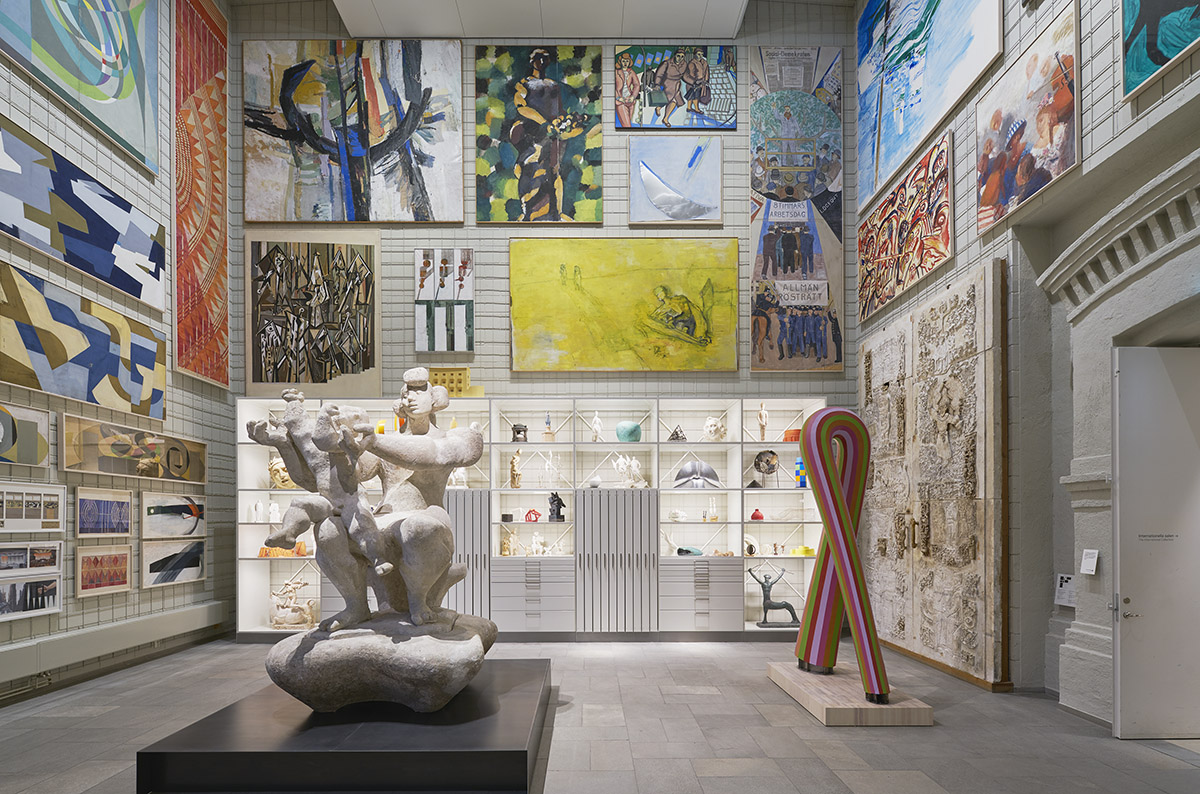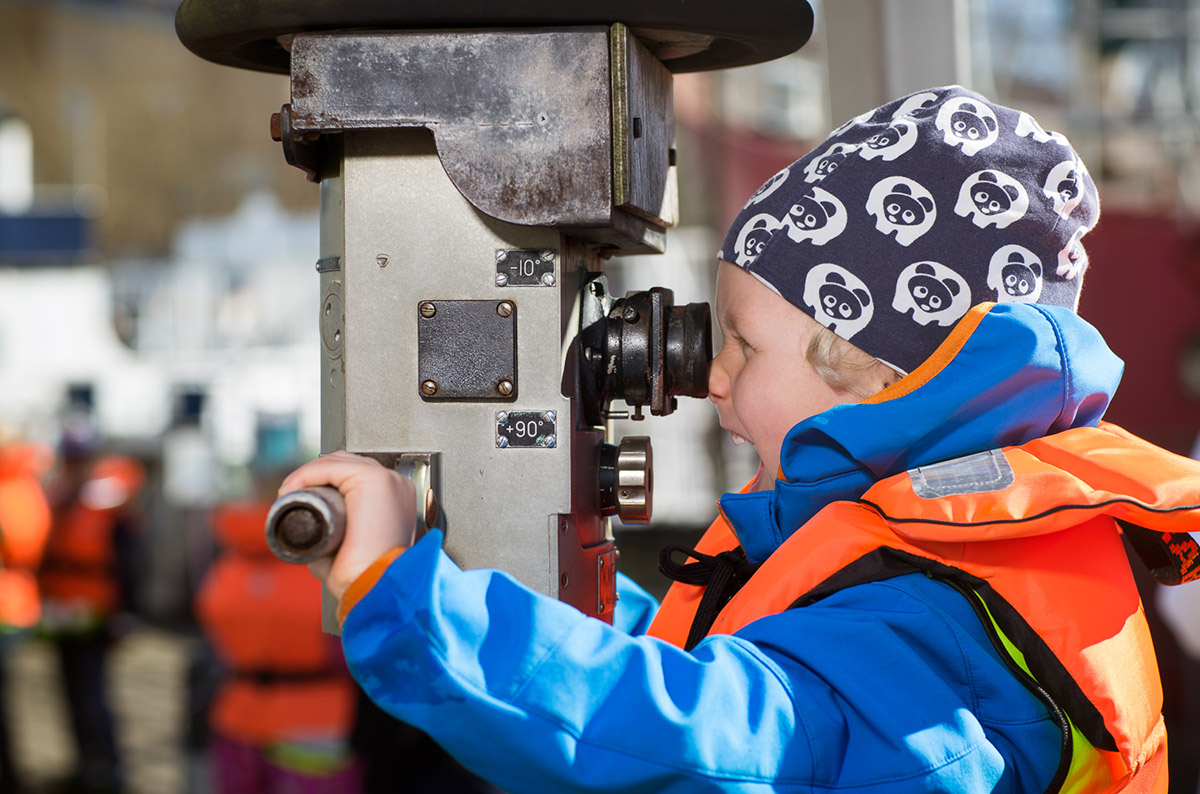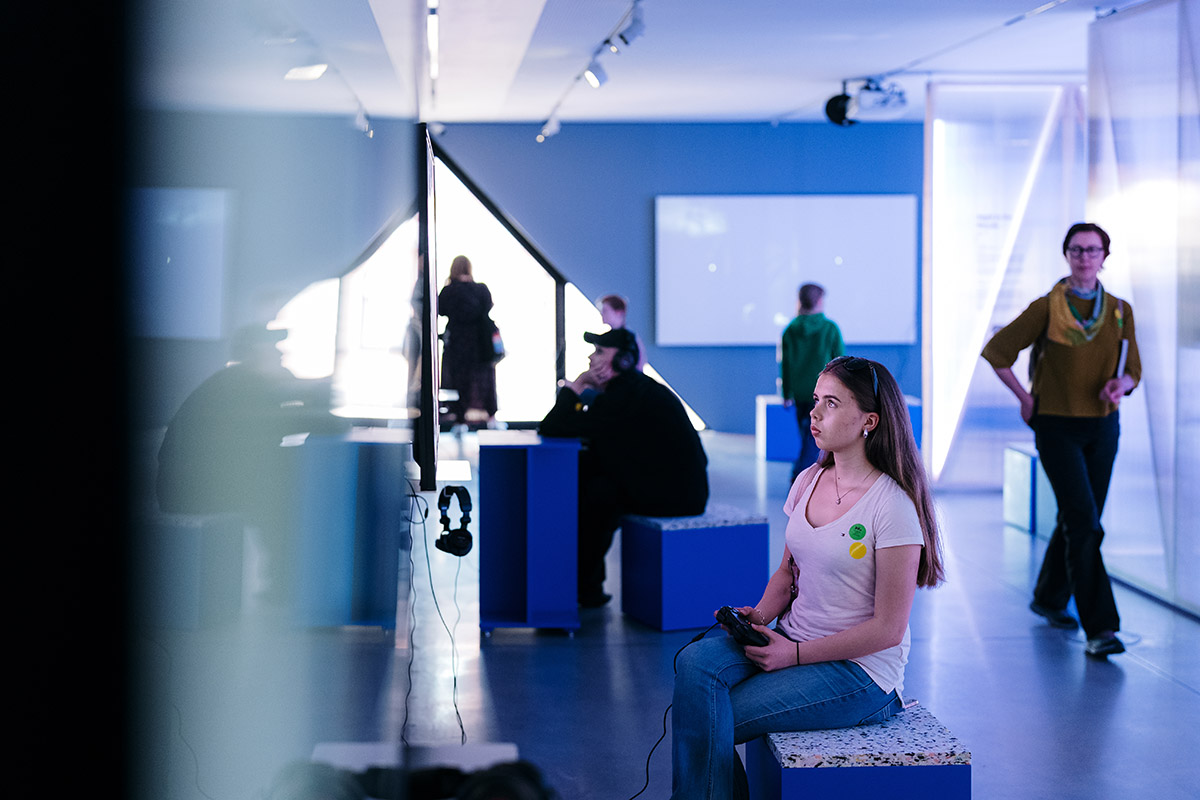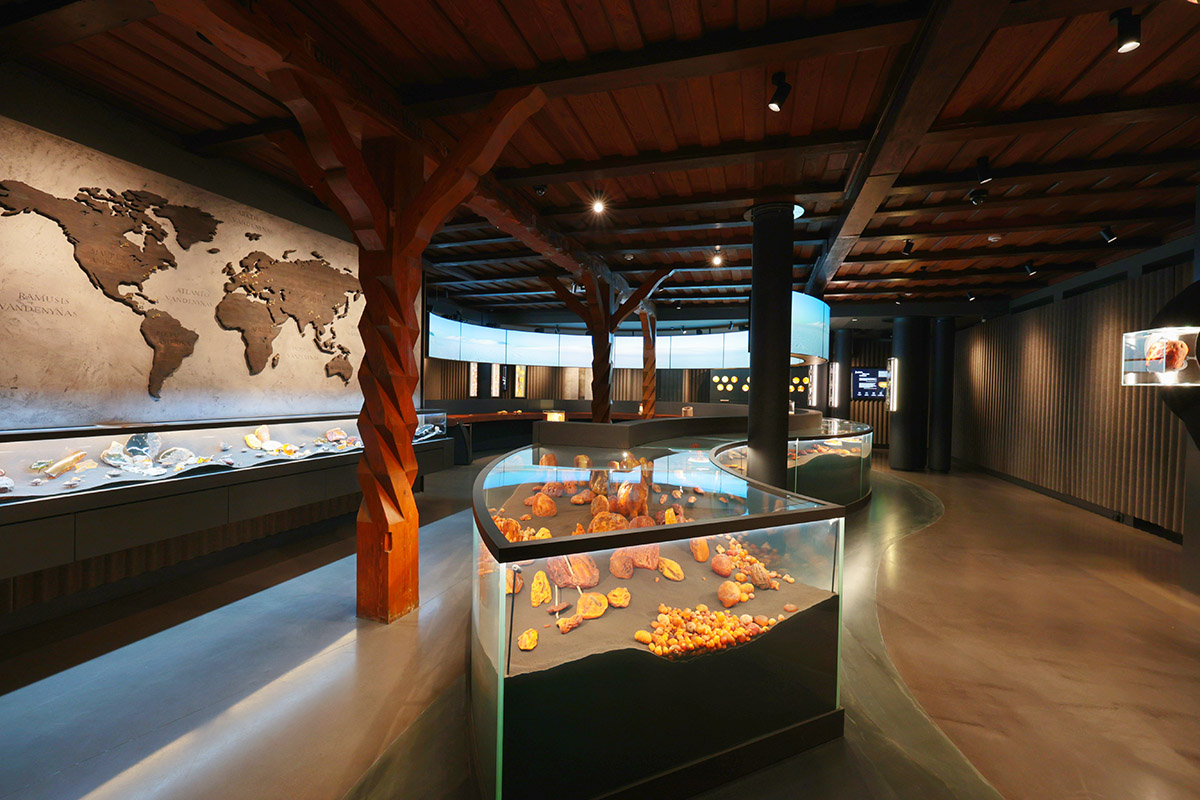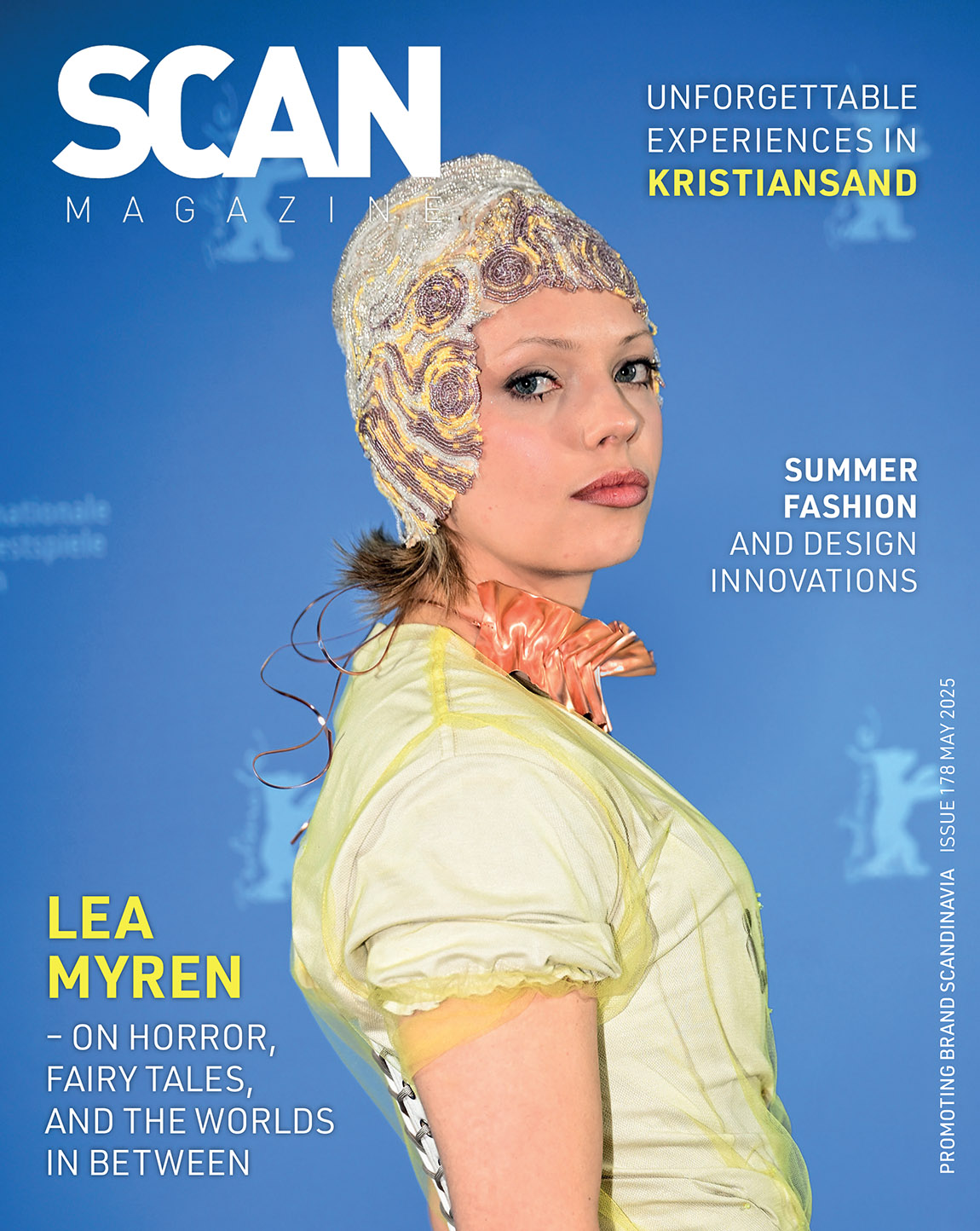Turaida Museum Reserve: A journey through Latvia’s past to the present day
By Heidi Kokborg | Photos: Gauja National Park Tourism Association ‘Enter Gauja’
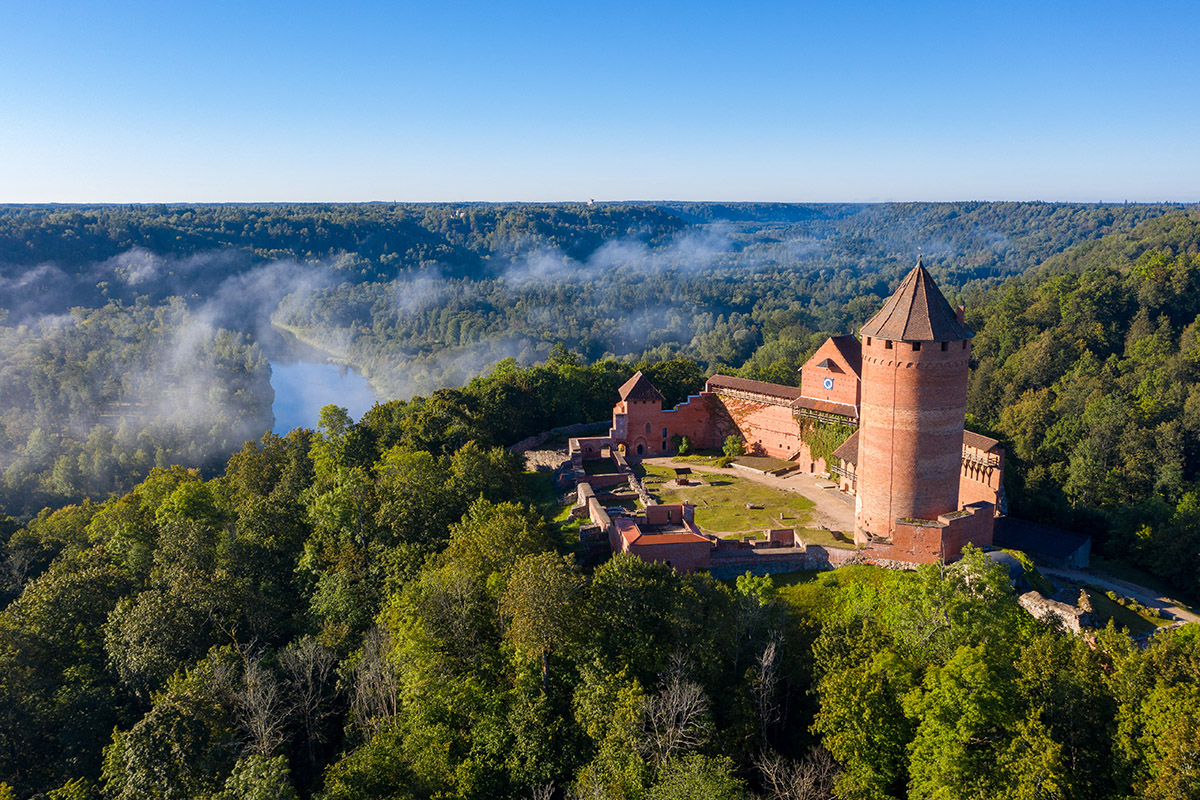
Situated in the scenic Gauja River Valley in Latvia, the Turaida Museum Reserve is a place where history, culture, and nature converge. Turaida offers visitors an opportunity to experience the beating heart of a culture that continues to thrive.
The Turaida Museum Reserve is not just a collection of artefacts; it’s a living chronicle of Latvia’s past and present. “Much like a single drop of seawater reflects the overall state of the ocean, I see the Turaida Museum Reserve as a similar microcosm. By visiting, guests gain a glimpse into Latvia’s music, language, culture, and history,” says Gunta Zaķīte, the museum’s head of education and communication.
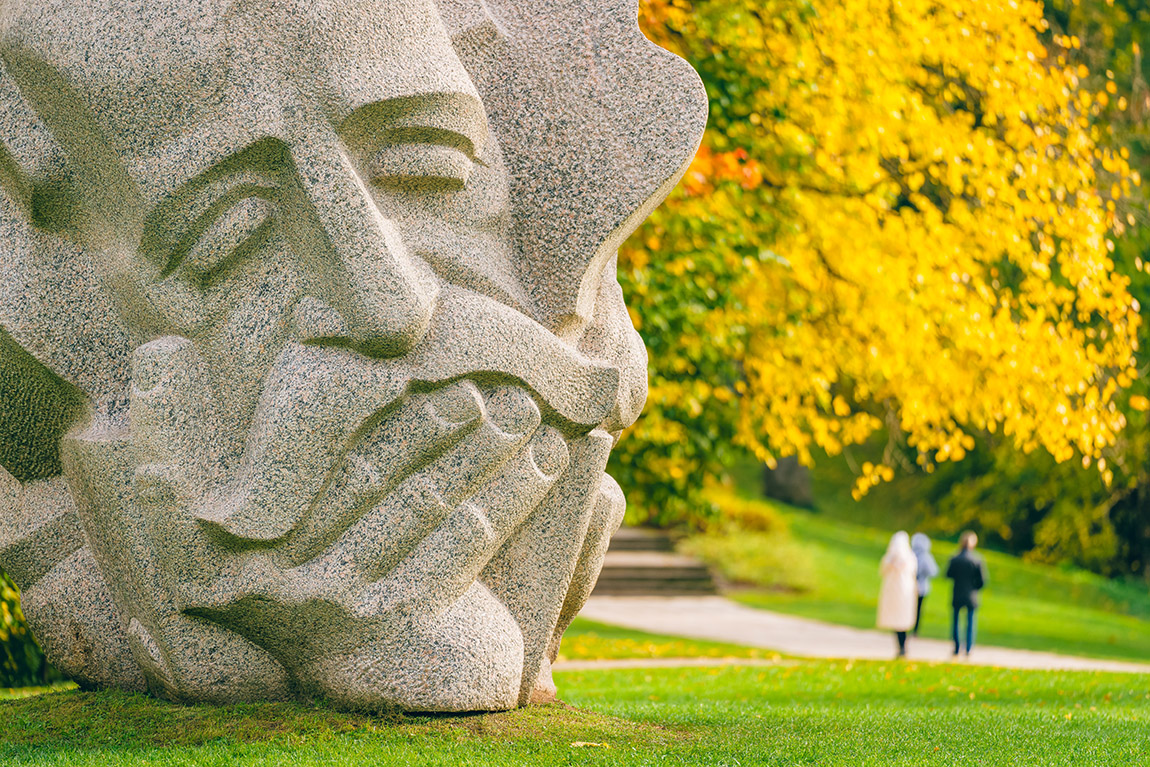
The Turaida Stone Castle, which stands at the top of a hill, has been watching over the valley since 1214. Built by the Archbishop of Riga, the castle once served as a strategic stronghold and a symbol of medieval power. Today, its red-brick towers and walls stand as a testament to Latvia’s heritage.
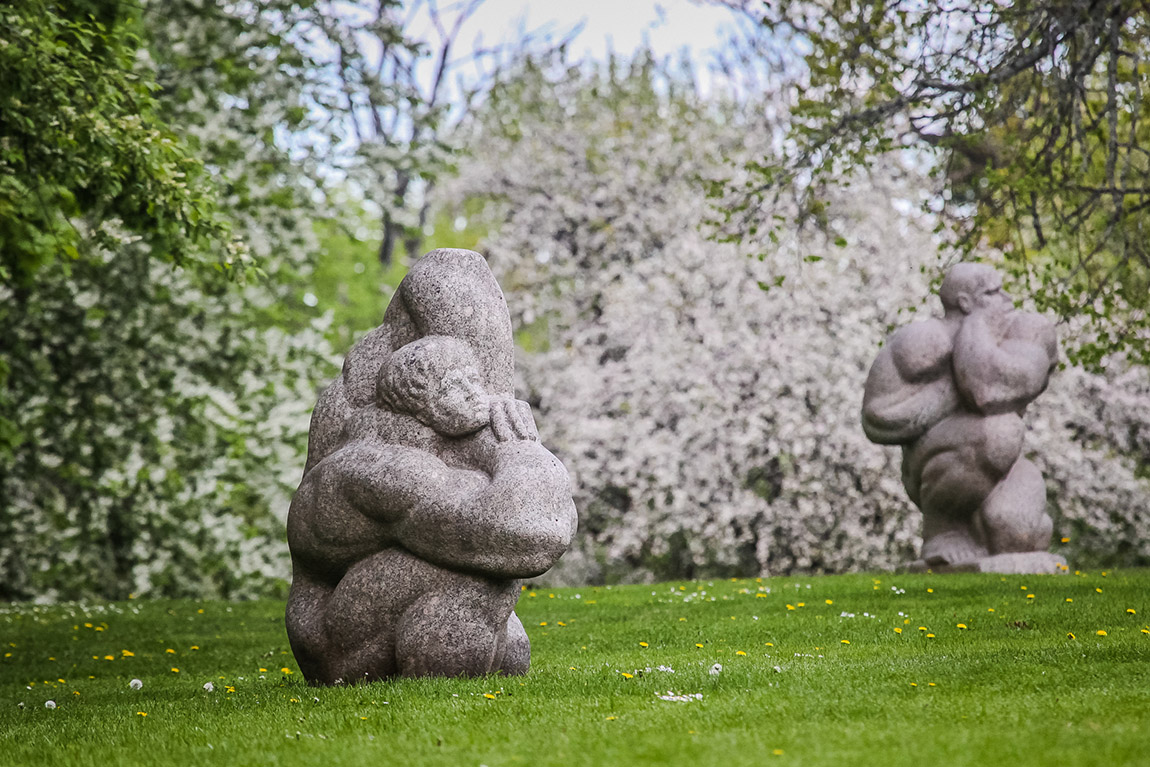
Visitors can explore the reconstructed parts of the castle, and climb into its towers for picturesque views of the surrounding hills and the Gauja River. Inside, exhibits recount the castle’s history, offering insights into medieval life, regional conflicts, and the many people and stories that have shaped the area. One such tale is the poignant story of the “Rose of Turaida,” a tragic love story about loyalty and sacrifice.
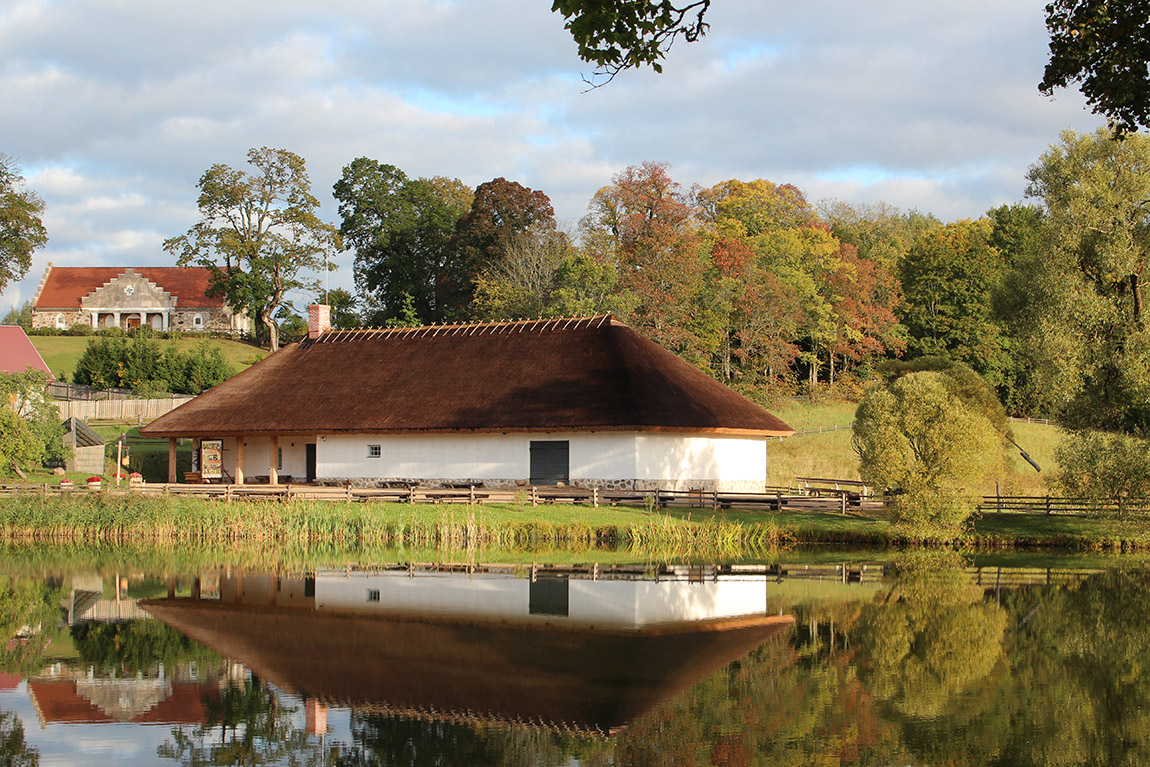
A celebration of culture
The Turaida Museum Reserve is open year-round, every single day, and located about an hour’s drive from Riga, making it a perfect daytrip destination. This year, the museum’s renowned Folk Song Park is celebrating its 40th anniversary.
Folk Song Hill and Folk Song Garden were originally opened in honour of folklorist Krišjānis Barons. Subsequently, Folk Song Hill was the place where the Latvian Singing Revolution emerged and continued until the restoration of Latvia’s independence in 1991. “Folk Song Hill holds a deep meaning for us. It is a symbol of the power of song and the self-determination of the Latvian people,” Zaķīte explains.
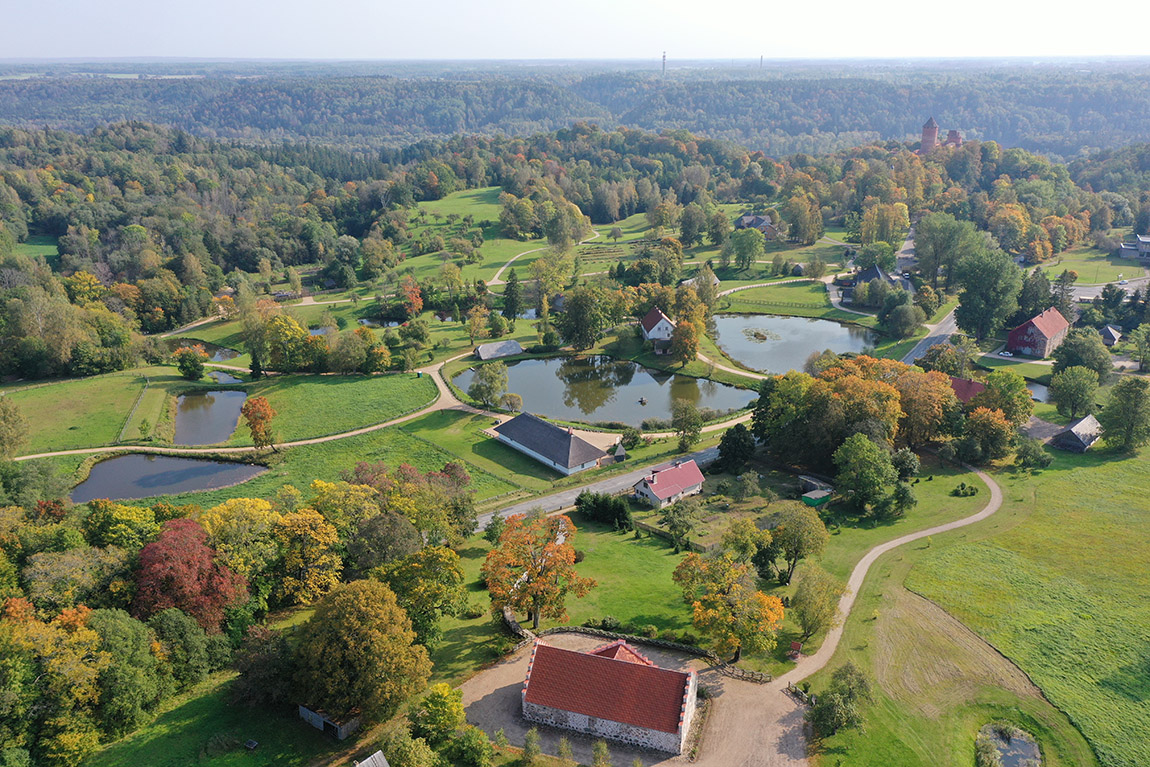
The Folk Song Garden is an open-air gallery featuring sculptures inspired by the country’s folk songs. The songs, many of which date back centuries, are a cornerstone of Latvia’s cultural identity.
“Whether you’re climbing the castle towers, uncovering some of the region’s many stories, or finding inspiration in folk songs, Turaida offers a true connection to Latvian heritage,” Zaķīte concludes.
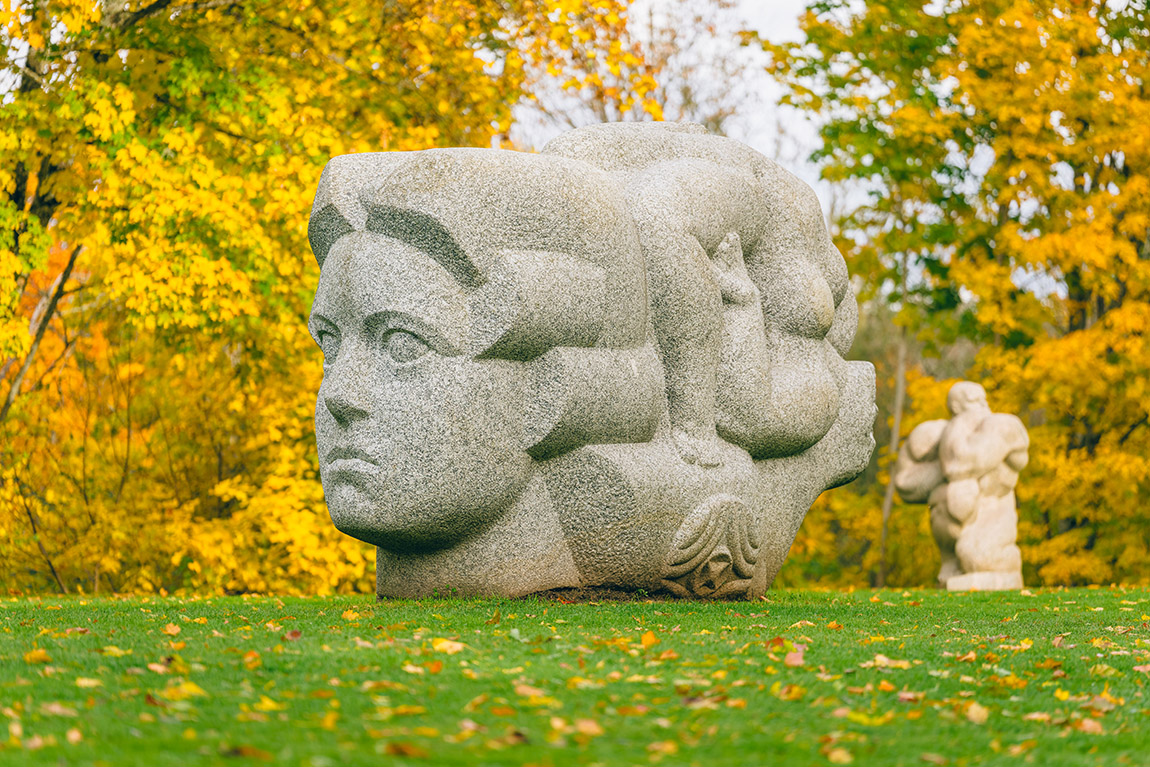
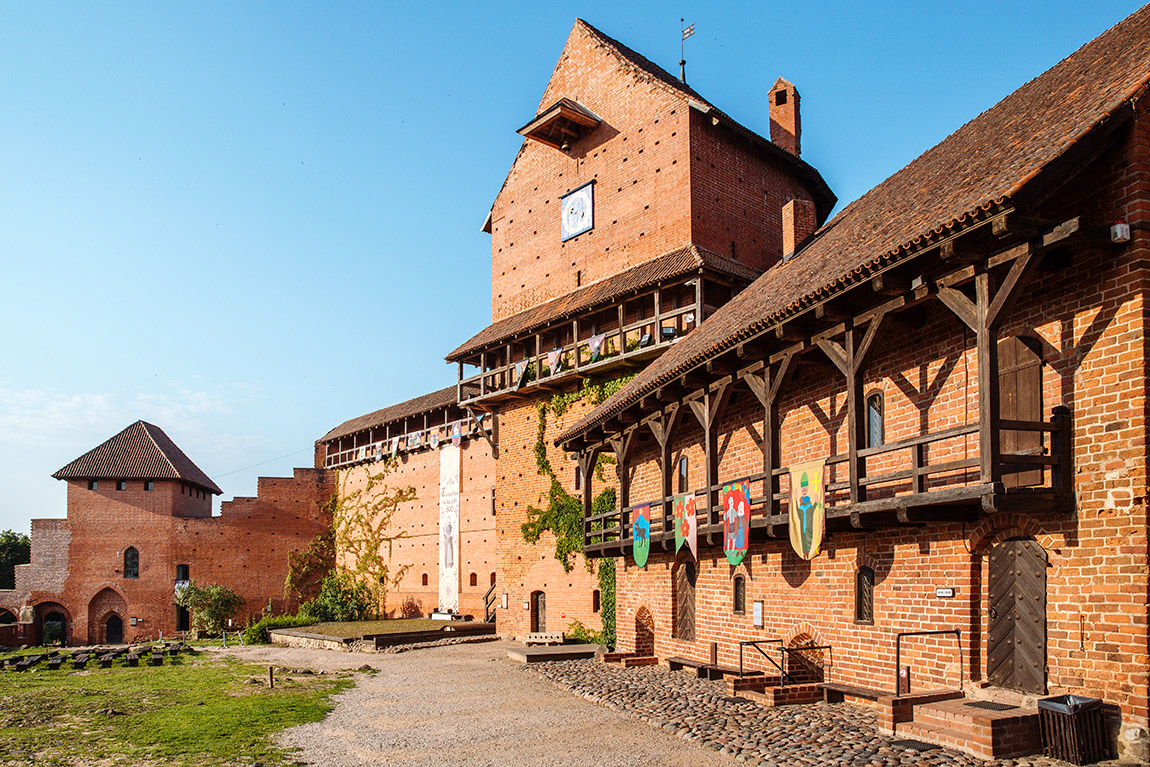
Web: www.turaida-muzejs.lv
Facebook: Turaidas muzejrezervāts/ The Turaida Museum Reserve
Instagram: @turaidas_muzejrezervats
Subscribe to Our Newsletter
Receive our monthly newsletter by email

